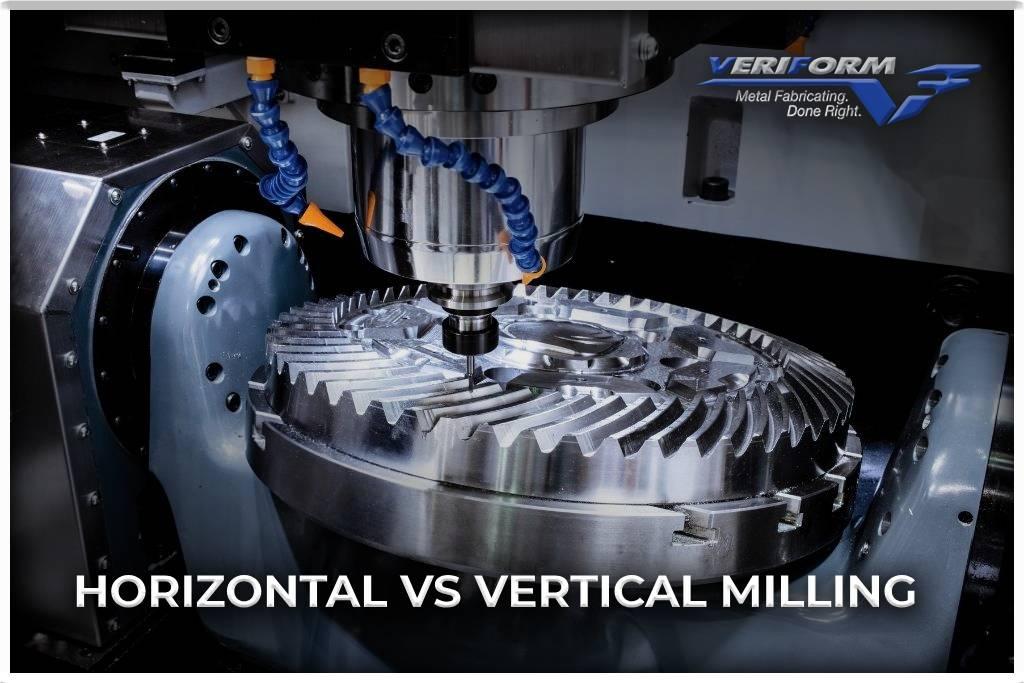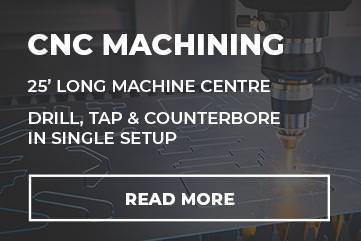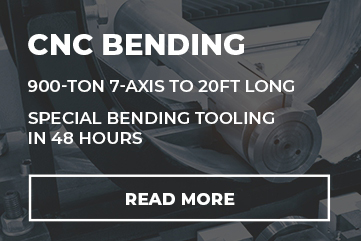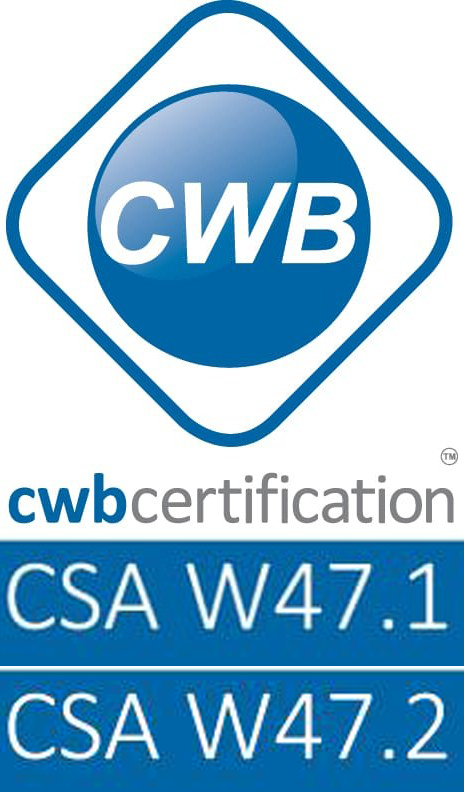News
Horizontal vs Vertical Milling: What’s the Difference?

When it comes to precision machining, choosing between a Horizontal Milling Machine and a Vertical Milling Machine is a pivotal decision that can significantly impact the outcome of a project. Both machines have their unique strengths and applications, making it essential to understand their differences to make an informed choice.
Understanding Vertical Milling Machine
A Vertical Milling Machine is characterized by its vertical spindle orientation. In this setup, the spindle is aligned vertically, allowing for a wide range of milling operations. This machine is highly versatile and excels in tasks where precision and fine detailing are paramount. Vertical Milling Machines are widely used in industries like aerospace, automotive, and general metalworking.
Delving into Horizontal Milling Machine
Conversely, a Horizontal Milling Machine features a horizontal spindle orientation. This configuration enables the machine to handle heavier cutting tasks with ease. The horizontal setup allows for the removal of larger quantities of material, making it ideal for applications where bulk material removal is a primary concern. Industries like the manufacturing of gears, heavy machinery, and shipbuilding often rely on the capabilities of a Horizontal Milling Machine.
The Capabilities of a Vertical Milling Machine
The unique capabilities of a Vertical Milling Machine make it an invaluable tool in precision machining. Its vertical spindle orientation allows for precise control over the cutting process, making it ideal for tasks like intricate profiling, contouring, and drilling. Additionally, Vertical Milling Machines are adept at producing complex 3D shapes with high accuracy. These machines are also highly adaptable, accommodating many tooling options.
Harnessing the Power of a Horizontal Milling Machine
The primary strength of a Horizontal Milling Machine lies in its ability to handle heavy-duty operations. Its horizontal spindle orientation facilitates the removal of larger volumes of material, making it the preferred choice for tasks like roughing and slotting. This machine’s robust construction and stability make it an indispensable tool in industries where large-scale production and material removal are central.
Which is Best Suited for My Project?
Choosing between a Vertical and Horizontal Milling Machine depends on the specific requirements of your project. If precision and intricate detailing are your primary concerns, a Vertical Milling Machine is the way to go. Industries like aerospace, automotive, and mould-making benefit immensely from the capabilities of a Vertical Milling Machine.
On the other hand, if your project involves heavy-duty cutting tasks and the removal of substantial material volumes, a Horizontal Milling Machine is the more suitable option. Industries such as shipbuilding, heavy machinery manufacturing, and gear production rely on the robust capabilities of a Horizontal Milling Machine to meet their machining needs.
In conclusion, choosing between a Vertical Milling Machine and a Horizontal Milling Machine is a critical decision in precision machining. Understanding the strengths and capabilities of each machine is essential in ensuring optimal results for your specific project requirements. Whether it’s the finesse of a Vertical Milling Machine or the brawn of a Horizontal Milling Machine, making the right choice will ultimately lead to the success of your machining endeavour.








